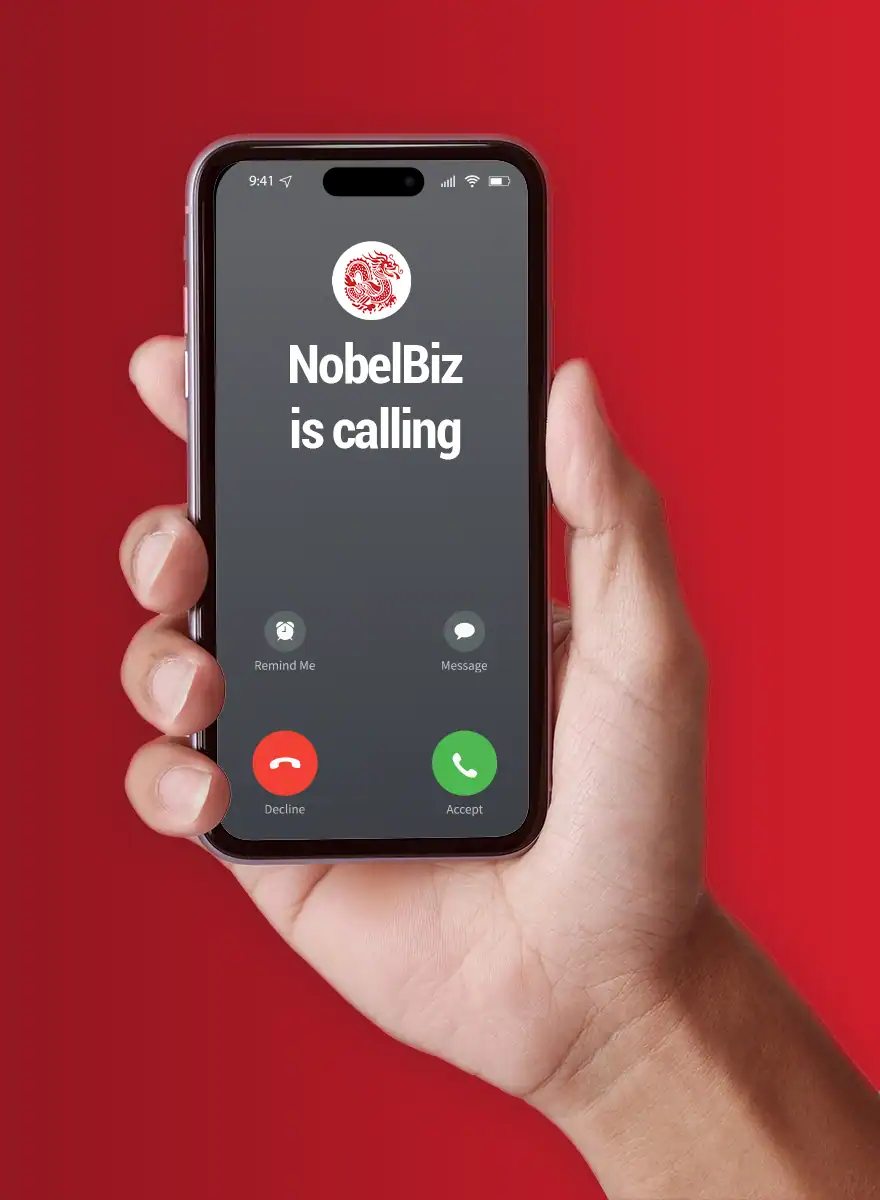The following is a complete list of issues and recommendations for call center work from home troubleshooting. If you are experiencing a lot of issues with working remotely, or if your agents are, take the time to read through the list and pin down the problem.
Towards the end, we also give some recommendations to supervisors and managers on how to effectively oversee work-from-home to prevent issues. If you find this article useful, please share it with your coworkers in the hopes that it will provide some quick fixes for common problems.
Many of the issues require an IT representative within the company. Smaller contact centers don’t always have an IT department, so in these cases, we recommend escalating the issue to your managers until you find someone that can help.
First Level Call Center WFH Troubleshooting:
- The first thing you should do is a speed test – we recommend Speedtest.net. Please make sure your speed is above the recommended numbers from our article on call center system requirements. To ensure flawless quality on the call, a speed test should indicate 3MB or above for each instance; if this is not the case, quality issues will occur. Also, make sure the computer meets the minimum specifications (see the article linked above).
- Next up, do a media packets test. Ping the IP to ensure SIP phone is connected – ask your IT department about this;
- Third up – headset audio setup and testing. One of the most time-consuming issues is caused by agents who do not have the knowledge to go in Control Panel – Sound options to test and configure their headsets. If you are an agent, speak to a person from IT. If you are a supervisor or above, please ensure your agents have an IT person to help them with this.
Remember, dialers are regularly sensitive to the signal of the network, which is why it’s regularly recommended to:
- use fiber Ethernet instead of wireless routers.
- use wired headsets (using wireless headsets should happen only with the IT department’s approval). Ensure you have a wired headset. webRTC is not built to work with wireless headsets.
- Last but not least on the first level, verify proper use of the secure link (eg: https://) – webRTC might decline the login or be unstable when not using it.
Recommended Escalation Procedure when Facing Call Center Issues while WFH
When experiencing audio issues, agents should ensure the conditions above are met, then escalate to their supervisor if taking the steps above does not fix the issue.
This way, if this is not a local issue with the station, headset, or network (you can tell by the number of agents experiencing the same issues as a supervisor), it can be escalated further to the Hosted Service Support group.
Furthermore, you need to remember and actively enforce additional precautions:
- don’t stream videos using the same bandwidth (for both personal and professional reasons)
- don’t work from unsafe places, on public wireless networks, and especially in these situations:
- don’t use wireless headsets
Our support team encountered a request where an agent was trying to connect to the dialer while on an unsecured wireless network (in Starbucks) on a wireless headset. Please be mindful of where you and your agents work, even if it is remote.
All the above should be common sense and not related to the dialer support in itself but are the most time-consuming for both agents and the Support groups when it comes to working remotely.
Recommended Training Steps Prior or During WFH
This is not necessarily part of the troubleshooting, but extremely important to mention in this context.
Most customers of a contact center solution are trained on how to use the dialer, build their own campaigns and scripts, set their custom dispositions for the agents, and all the other processes that go into that specific software. We do that for all our clients at NobelBiz.
What we have noticed so far is that higher-level employees either take the training sessions lightly or simply do not pass on know-how to the agents and supervisors. The direct consequence of that is that they ask support to perform tasks that they are trained and able to do on their own.
What we’ve learned from this:
- the contact center solutions company should spend more time educating their clients as well as the people that will actually be working with those solutions
- the clients, starting with high-level employees to supervisors and agents, should pay attention during the training sessions
- all training sessions should be recorded by both parties, to ensure that both have reference material for future issues
- the contact center solutions provider should also spend more time explaining how the system can be customized to their specific campaigns, clients, and various needs
This would ensure a better fit of any given campaign to match what the customer had in mind (as emails can lead to misunderstandings) and would give them a more hands-on approach for the complexity of the dialers.
Passing on the correct and complete information to the agents would also diminish the time spent trying to figure out an app they weren’t properly trained for.
Let’s Sum Up
The most common call center work from home troubleshooting issues have to do with poor internet speed, poor headphones, or improper setup of the headphones.
If these three points are cleared up and you are still experiencing issues, don’t forget to see if your computer is designed to withstand the call center software by looking over these specifications.
If you are not able to find a solution, our support is always at the ready for our clients (and new clients!) to call in. We are here for you!
Irina T. has been working in the contact center industry for the past 10 years. After having an array of customer-facing roles, she joined the NobelBiz team in September 2018 as Provisioning Coordinator, that gave her access to a behind the scenes approach as well. This gave her the opportunity to contribute not only to the customer’s business, but also to the NobelBiz community.







